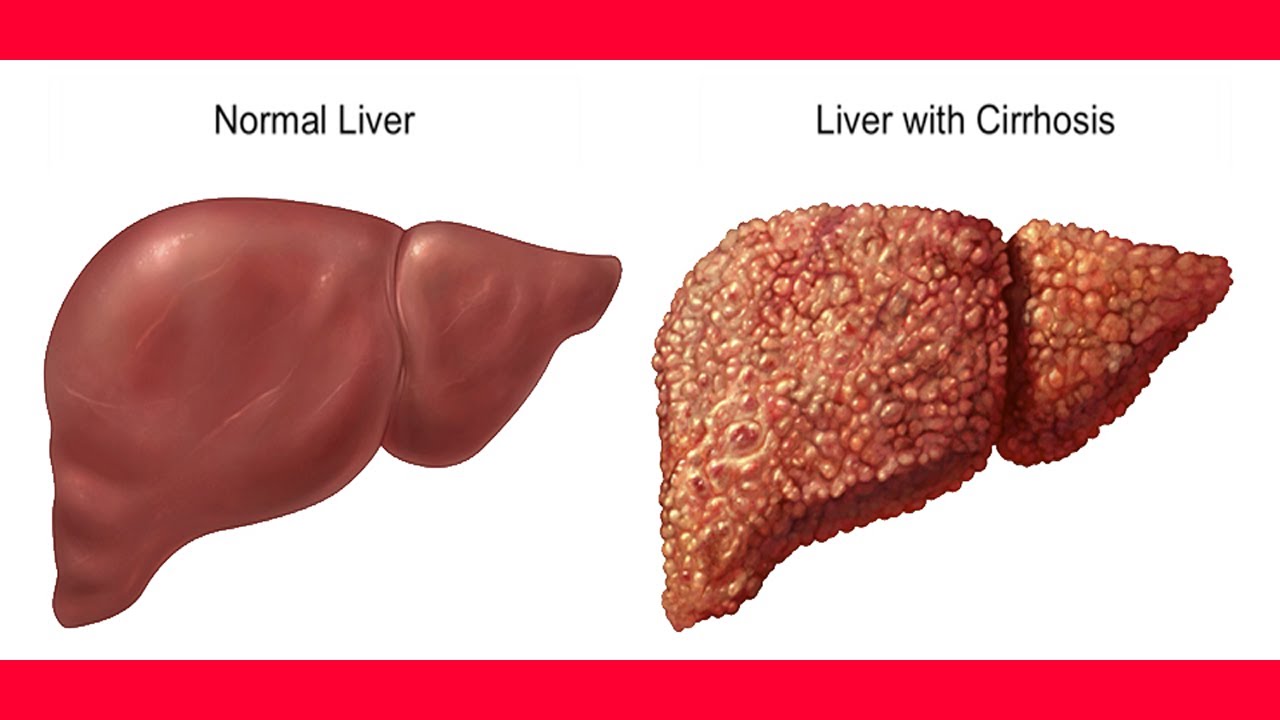- Home
- Editorial
- News
- Practice Guidelines
- Anesthesiology Guidelines
- Cancer Guidelines
- Cardiac Sciences Guidelines
- Critical Care Guidelines
- Dentistry Guidelines
- Dermatology Guidelines
- Diabetes and Endo Guidelines
- Diagnostics Guidelines
- ENT Guidelines
- Featured Practice Guidelines
- Gastroenterology Guidelines
- Geriatrics Guidelines
- Medicine Guidelines
- Nephrology Guidelines
- Neurosciences Guidelines
- Obs and Gynae Guidelines
- Ophthalmology Guidelines
- Orthopaedics Guidelines
- Paediatrics Guidelines
- Psychiatry Guidelines
- Pulmonology Guidelines
- Radiology Guidelines
- Surgery Guidelines
- Urology Guidelines
2D shear-wave elastography diagnoses cirrhosis

Germany: Two‐dimensional shear wave elastography (SWE) is an effective tool for diagnosing cirrhosis or liver fibrosis in patients with chronic liver disease, according to a new study.
Findings, published in the Journal of Ultrasound in Medicine, suggest a less-invasive alternative for these patients.
Golo Petzold, Department Gastroenterology and Gastrointestinal Oncology, University Medical Center, Goettingen, Germany, and colleagues conducted the study to establish normal values for liver stiffness measurement, performed by 2‐dimensional shear wave elastography in healthy volunteers, patients with histologically confirmed liver cirrhosis, and patients with non-hepatic morbidities.
The study involved 175 participants enrolled between July 2016 and February 2018. Within this 68 were healthy volunteers, 57 were patients with patients with healthy livers but nonhepatic morbidities and 50 were patients with liver cirrhosis.
Also Read: Magnetic Resonance Elastography accurate in measuring liver fibrosis in kids
Key Findings:
- The success rate for 175 liver stiffness measurements was 95.4%.
- The number of unsuccessful measurements was significantly higher in the liver cirrhosis cohort. The interobserver agreement was excellent.
- Liver stiffness in the healthy‐liver patient cohort (4.93 ± 0.83 kPa) was not significantly different from that in the healthy‐volunteer cohort (5.19 ± 1.03 kPa).
- Apart from male sex in the healthy‐volunteer cohort, age, body mass index, mild steatosis, and nonhepatic morbidities had no significant impact on liver stiffness.
- Liver stiffness values in participants without liver disease ranged from 3.62 to 7.02 kPa (2.5th–97.5th percentiles).
- There was no overlap of liver stiffness measurements between the patients without liver disease and the cirrhosis cohort (13.29 ± 3.27 kPa [7.76–19.49 kPa]).
Also Read: Ultrasound elastography may distinguish between acute and chronic DVT
"In the treatment and monitoring of patients with chronic liver disease, the diagnosis of liver fibrosis or cirrhosis is of great importance," the researchers wrote. "The detection of liver cirrhosis can be challenging at times; early forms of cirrhosis and advanced fibrosis are especially hard to distinguish by imaging studies. The reference standard for the diagnosis of liver fibrosis (staging) and cirrhosis is liver biopsy. This procedure is invasive, is sometimes painful, and has rare but potentially serious complications."
Liver stiffness in the patients with healthy livers but the nonhepatic disease did not differ significantly from liver stiffness in the healthy volunteers, the researchers found. Male sex was associated with significantly higher liver stiffness in healthy volunteers; however, age, body mass index, mild steatosis, and nonhepatic morbidities had no significant impact on liver stiffness. Liver stiffness was significantly higher in patients with cirrhosis.
For further reference log on to https://doi.org/10.1002/jum.14866

Disclaimer: This site is primarily intended for healthcare professionals. Any content/information on this website does not replace the advice of medical and/or health professionals and should not be construed as medical/diagnostic advice/endorsement or prescription. Use of this site is subject to our terms of use, privacy policy, advertisement policy. © 2020 Minerva Medical Treatment Pvt Ltd